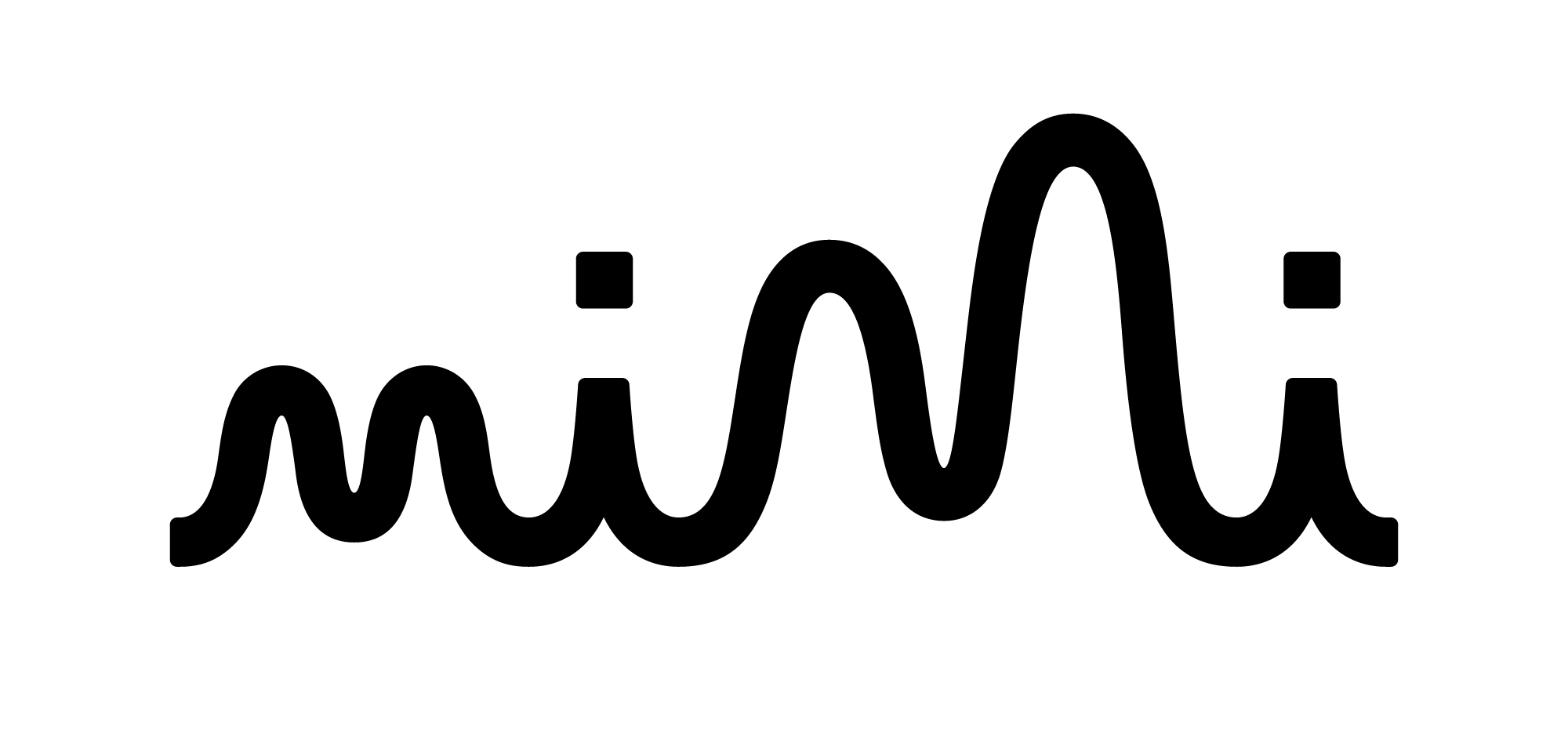Stand up, daily sync, daily alignment, it comes by many names. However, we at Mimi have one form for the many names it goes by. The daily sync is meant to align team members around topics that they are working on so that communication is clear and blockers are transparent. We have experimented with a variety of tactics to get to an effective, efficient daily sync and have come to the following method.
Our daily starts on time, not one minute late. If someone is late, the agile coach kindly reminds them after the daily of the implications of being late. If someone is late, the team could miss information from them or need to align with them on a joint topic. Additionally, it is because we want to be respectful of each others time.
We start with the question “who wants to start?”. A self-elected team member will start the round. Each team member answers three questions: what did you do yesterday? what will you do today? do you have any blockers? We follow this structure to ensure a concise yet informative daily briefing. Without a structure, daily reports can lead to rambling or extra information which isn’t necessary for the entire group.
The blockers then turn into something we refer to as slots. The facilitator records the slots by name and the people needed per slot as people do their daily reports. After every team member does their daily report, the facilitator asks the people necessary to address a blocker (or necessary for a slot) to stay and discuss. Ideally, the groups are independent of one another, meaning the slot which involves the most people goes first and then the smaller slots follow. This allows for an efficient use of everyone’s time.
So that is our daily. Given every ritual is ever-evolving, we adapt the ritual based on feedback and the team’s individual needs. Now, what happens if the facilitator, typically the agile coach, is absent? In general what happens if the agile coach is absent? Stay tuned for our next blog post on how to achieve self-facilitated agile teams, the holy grail of agile!

